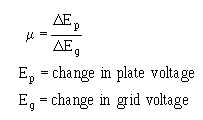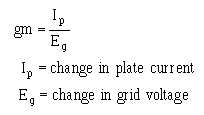1-35
Connect a ground between the test equipment and circuit under test.
Do not exceed the maximum allowable voltages for circuit components and transistors.
Ohmmeter ranges that require more than one milliampere should not be used for testing
transistors.
Battery eliminators should not be used to furnish power for transistorized equipment. They have
poor voltage regulation.
The heat applied to a transistor, when soldered connections are required, should be kept to a
minimum by the use of low-wattage soldering irons and heat shunts or heat sinks.
When replacing transistors, never pry them from the printed circuit board.
Check all circuits for defects before replacing transistors.
Remove power from the equipment prior to replacing a transistor.
Use extreme care when using test probes on a transistorized circuit. It is easy to short across
adjacent terminals with conventional probes. Try insulating the probe tips and leaving a very
short section of the point exposed.
You can find more about transistors in NEETS, Module 7, Introduction to Solid-State Devices and
Power Supplies.
Vacuum Tubes
The characteristics of a vacuum tube are measured by two factors: AMPLIFICATION FACTOR,
mu (µ), and TRANSCONDUCTANCE (gm).
Formula for amplification factor:
Formula for transconductance (gm) is:
Information on vacuum tubes can be found in NEETS, Module 6, Introduction to Electronic
Emission, Tubes, and Power Supplies.





